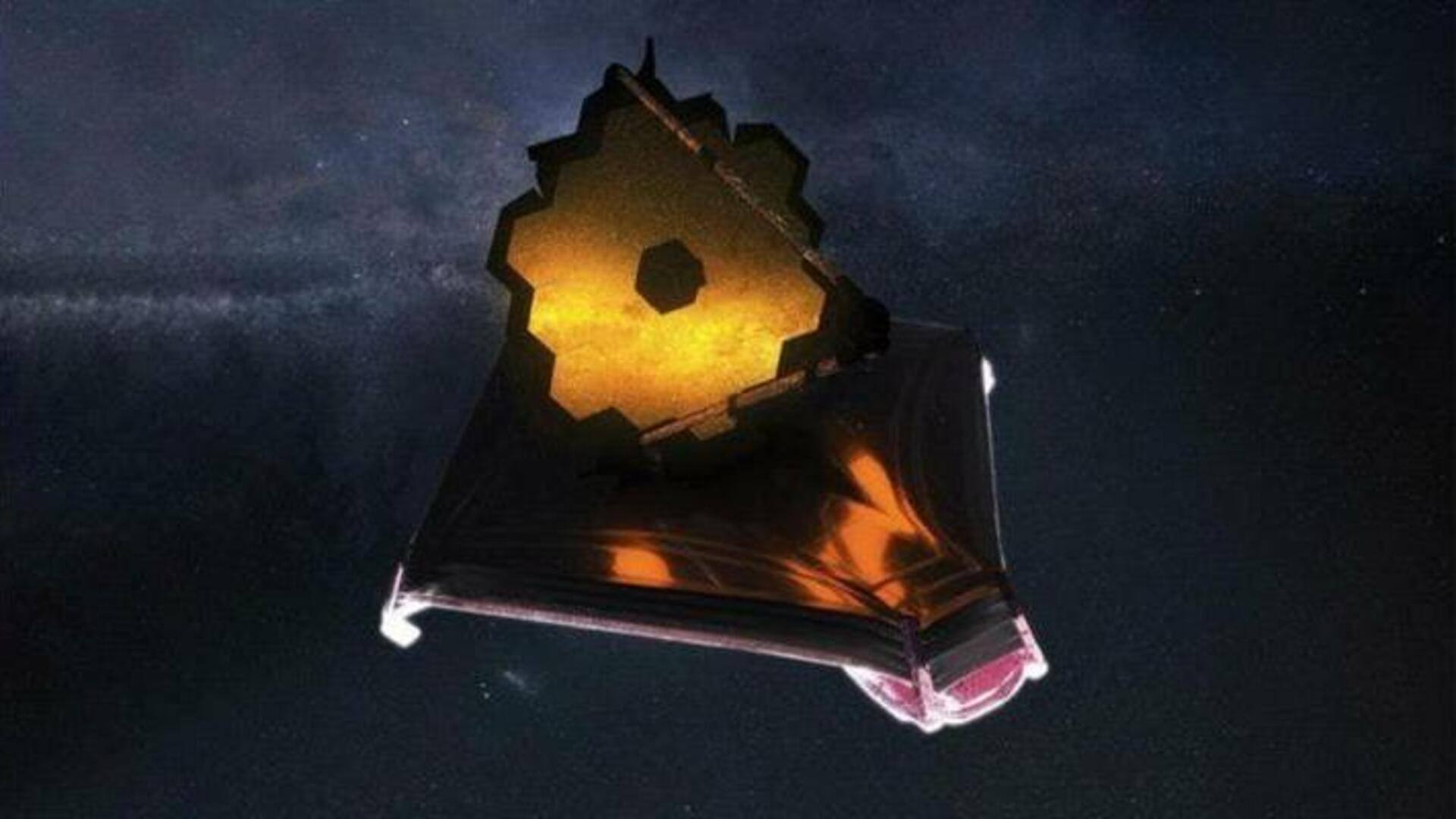
JWST completes one year of science investigations: Check key discoveries
What's the story
Exactly one year ago, NASA's James Webb Space Telescope (JWST) stunned the world by providing the deepest view of the cosmos. The telescope has completed one year of performing scientific investigations, shedding light on distant galaxies, black holes, and exoplanets, and capturing spectacular images of gas planets in our solar system. Here are some of the key discoveries from the Webb telescope.
1
Stephan's Quintet
Among the earliest images released by Webb was of "Stephan's Quintet," the first compact group of galaxies to have ever been discovered. It has been closely studied by astronomers to understand more about the gravitational interactions between galaxies. Webb revealed never-seen details of this famous grouping, uncovering millions of young stars. Notably, it could capture shock waves emanating from one of the five galaxies.
2
Phantom Galaxy
The Phantom Galaxy is one of the easiest targets for astronomical studies. The spiral galaxy, located about 32 million light-years away in the constellation Pisces, features well-defined circular arms. Webb provided a close look at the filamentous structures of dust and gas, expelled from the galaxy's central bright core. The new image allowed scientists to better understand the star-forming regions in the spiral galaxy.
3
Pillars of Creation
JWST uncovered more about the Pillars of Creation, which ranks as among the Hubble Space Telescope's most prized findings. Lying in Eagle Nebula, the "pillars" are formed as a result of the nearby star clusters. Webb's image reveals new stars in the making interspersed between dense clouds of gas. The stars are represented as small red dots amid the dusty-looking pillars.
4
Neptune captured in stunning details
In late September 2022, Webb captured an astounding image of Neptune, detailing the planet's icy rings. That was the first time Neptune was photographed in almost three decades. Prominently seen in Webb's image is a luminous band close to the giant planet's equator. Scientists believe it points to atmospheric circulation on Neptune. Webb has captured all the giant planets in our solar system.
5
Webb's first exoplanet
In January this year, Webb confirmed its first exoplanet, a planet that orbits another star. Scientists are particularly interested in these extraterrestrial worlds as they may possess conditions that could support life. Dubbed LHS 475 b, the exoplanet is surprisingly similar in size to Earth, measuring about 99% of Earth's diameter. It is located only 41 light-years from Earth, in the constellation Octans.
6
JWST measured an exoplanet's temperature for first time
In March this year, JWST measured an exoplanet's temperature for the first time. It was the "first detection of any form of light emitted by an exoplanet" which is "as small and as cool as the rocky planets in our own solar system," said NASA. The exoplanet in question is called TRAPPIST-1 b. It has a temperature of 230 degrees Celsius.
7
Death of a star
Over the past year, Webb has provided a number of rare glimpses of the cosmos. One such event was the sight of a dying star, right before it headed for a supernova explosion. This Wolf-Rayet star—called WR 124—ranks as among the most massive and bright stars. What's interesting is the cosmic dust left behind by supernovas forms the building blocks for planets, including Earth.
8
Most distant black hole
Last week, Webb discovered the most distant active supermassive black hole. This black hole resides in a galaxy called CEERS 1019, which formed in the early stages of the universe. Typically early universe black holes measure over one billion times the Sun's mass. However, Webb's latest finding is just nine million times the Sun's mass and is somewhat of a puzzle.